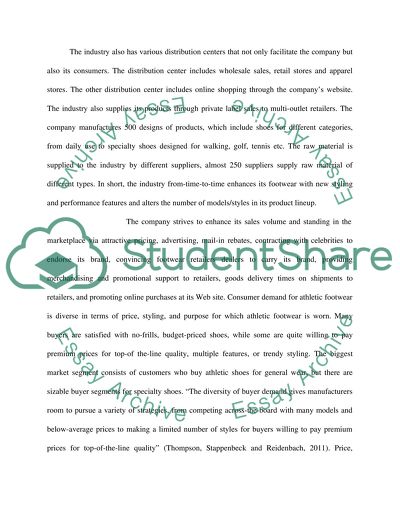Cite this document
(“Competition and business risk Essay Example | Topics and Well Written Essays - 2000 words”, n.d.)
Retrieved from https://studentshare.org/environmental-studies/1409060-competition-and-business-risk
Retrieved from https://studentshare.org/environmental-studies/1409060-competition-and-business-risk
(Competition and Business Risk Essay Example | Topics and Well Written Essays - 2000 Words)
https://studentshare.org/environmental-studies/1409060-competition-and-business-risk.
https://studentshare.org/environmental-studies/1409060-competition-and-business-risk.
“Competition and Business Risk Essay Example | Topics and Well Written Essays - 2000 Words”, n.d. https://studentshare.org/environmental-studies/1409060-competition-and-business-risk.


